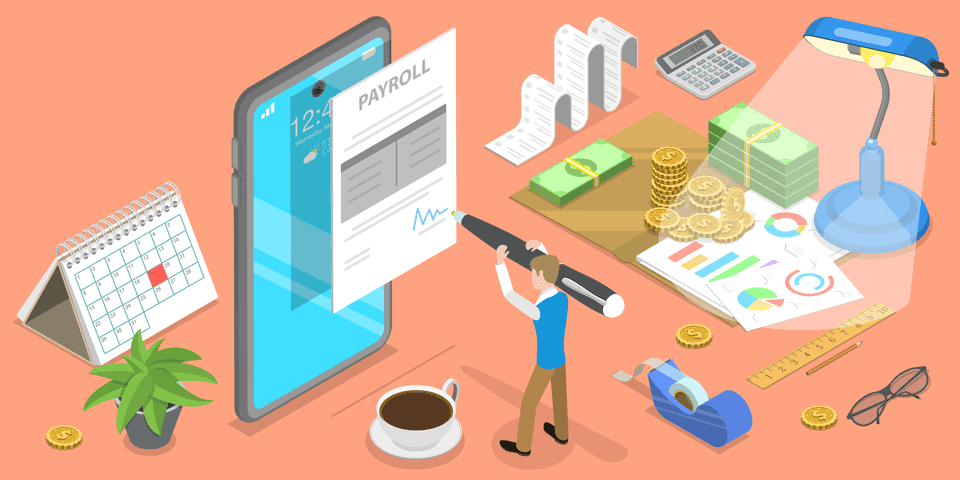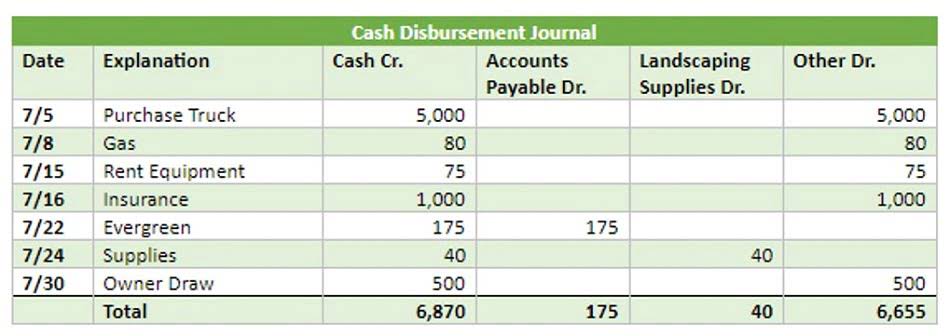
By far the most important equation in credit accounting is the debt ratio. It compares your total liabilities to your total assets to tell you how leveraged—or, how burdened by debt—your business is. As long as you haven’t made any mistakes in your bookkeeping, your liabilities should all be waiting for you on your balance sheet. If you’re doing it manually, you’ll just add up every liability in your general ledger and total it on your balance sheet. If it is expected to be settled in the short-term (normally within 1 year), then it is a current liability.
1. Accumulated Depreciation Asset Contra

This ratio can tell you what percent of your operations are funded by liabilities versus equity. Essentially, if you are indebted to someone and are obliged to pay them back for a service or good they https://velopyrenees.fr/bookkeeping/what-does-balancing-account-mean-step-by-step/ provided, it’s a liability. Strategic use of liabilities isn’t something to avoid—it’s a skillful part of running a successful business. The right financing at the right time can fuel growth, improve returns, and create opportunities that would otherwise be out of reach.
Current Liability Highlights
- In other words, the contra liability account is used to adjust the book value of an asset or liability.
- Liabilities significantly affect a company’s financial well-being, as mismanaged or excessive liabilities can strain cash flow, increase risk, and impact creditworthiness.
- One question I hear all the time from business owners is about distinguishing between liabilities and expenses.
- It doesn’t include any other information about each account like balances, debits, and credits like a trial balance does.
- In that case, the company must recognise the accrued salaries as a liability in the December financial statements.
Non-current liabilities are debts that don’t need to be paid off right away. These are usually due more than a year from now, but they still need to be tracked so clients https://www.bookstime.com/articles/how-to-prevent-duplicate-payments can plan ahead. For example, if a business owns $500,000 worth of assets and owes $300,000 in liabilities, only $200,000 truly belongs to the owner. When you pay back a loan, credit card or any of your creditors, some of your assets (most often cash) will leave your business. Loans are classified as long-term liabilities, as we expect to pay them off over an extended period, usually over a number of years.
Credit Card Debt
A liability is anything that’s borrowed from, owed to, or obligated to someone else. It can be real like a bill that must be paid or potential such as a possible lawsuit. A company might take out debt to expand and grow its business or an individual may take out a mortgage to purchase a home. Companies of all sizes finance part of their ongoing long-term operations by issuing bonds that are liability accounts examples essentially loans from each party that purchases the bonds. This line item is in constant flux as bonds are issued, mature, or called back by the issuer. It can appear like spending and liabilities are the same thing, but they’re not.
The Debt to Capital Ratio
They include things like loans, bonds, deferred tax liabilities, and pension obligations. On a balance sheet, liabilities show a company’s financial obligations to its lenders and creditors due to past transactions. They occur on the right side of the balance sheet and are divided into current and long-term liabilities.

These liabilities reflect various forms of borrowed capital, such as bonds payable or mortgages, and can significantly impact a company’s long-term debt profile, cash flow, and interest expenses. Understanding the difference between current and long-term liabilities is crucial for grasping a company’s financial situation. Liabilities, in general, refer to obligations or debts owed by a business or individual to another party, usually payable at a future date. In the world of accounting, a liability refers to a company’s financial obligations or debts that arise during the course of business operations. These are obligations owed to other entities, which must be fulfilled in the future, usually by transferring assets or providing services.
- This account is not classified as an asset since it does not represent a long-term value.
- Think of them as the bank loans or notes you’ve signed promising to pay back over time—usually used to buy assets like equipment or vehicles.
- Each section is totaled separately, and then both are added together to show the total liabilities.
- This obligation shows ABC Corporation’s overall financial commitment under the leasing agreement.
- Liabilities play a crucial role in a company’s financial health, as they fund business operations and impact the company’s overall solvency.
- Charlene Rhinehart is a CPA , CFE, chair of an Illinois CPA Society committee, and has a degree in accounting and finance from DePaul University.
- The same is true for other asset accounts like accounts receivable.
This includes income tax payable, sales tax payable, and payroll tax payable accounts. It is essential for businesses to manage their liabilities effectively and efficiently. Proactively addressing potential issues and maintaining open communication with regulators and stakeholders can help minimize the negative consequences of legal or regulatory obligations.

It’s the opposite of how asset accounts behave, which can be confusing at first, but becomes second nature with practice. Leveraging AI Automation, Alaan ensures accurate reconciliation, categorisation of liabilities, and seamless integration with accounting platforms like Xero and QuickBooks. A higher ratio indicates greater reliance on borrowed funds, while a lower ratio suggests more conservative financing through equity. Financial ratios involving liabilities provide insights into the liquidity, leverage, and overall financial stability of a business. With Alaan, businesses can streamline financial processes and reduce the risk of defaults—paving the way for operational stability and sustainable growth.

You’ll find them hanging out on your company’s balance sheet, that all-important financial statement generated by your trusty accounting software. Liability accounts are categorized on the balance sheet under current liabilities, like short-term loans or unearned revenue, and non-current liabilities, like long-term debt or bonds payable. Current liabilities are due within a year, while non-current liabilities are settled over a longer period. This categorization helps in understanding a company’s immediate and future financial health, offering insight into how well a business manages its debt and financial obligations.
